
The Swedes are one of the most metal-centric nations in the world, and last year they had the chance to prove it. Swedish game development studio The Outsiders recently gave us Metal: Hellsinger, a rhythm FSP that’s like the child of Doom and Guitar Hero.
Usually, new studios start off with a modest project to show what they can do first. But not The Outsiders. No, sir! These headbanging metalheads had one of the most ambitious projects in mind: creating a cover-to-cover interactive concept metal album with original songs performed by some of the world’s most famous metal voices.
The game needed to be about music and a story that transcends time and space. Captivating melodies, wild drumming, and relentless guitar riffs would accompany the player and signal for them to unleash hell (literally) on hordes of enemies.
The game clearly needed to be unique in terms of aesthetics. After all, what’s the point of a concept album without vivid imagery and breathtaking illustrations?
The Outsider needed cutscenes to help tell the story of the Unknown, a fallen creature who longs to get his voice back and will shake heaven and hell to get it.
As soon as our team read the script and heard the soundtrack, we knew exactly what to do. It took us six months to deliver over 40 minutes of breathtaking cutscenes that coherently tell the entire story of Metal: Hellsinger.
But the journey was far from smooth. We gathered 2D Art Director Anastasia Shevchenko, Animation 2D Team Leader Dmitry Kramnoy and Head of Animation and VFX Dmitry Spasibozhko to tell us what goes on behind the scenes of this fascinating tale set in Hell.

Interviewer: We hear Metal: Hellsinger is the most ambitious project you’ve ever worked on. Tell us about the onboarding process.
Dmitry Spasibozhko: Well, The Outsiders contacted us in 2020 and said they had something that needed a special touch. And, well, we had a surprise. They presented us with a huge rough script for a story of epic proportions, containing an incredible depth of lore spanning all facets of existence, drawn from various mythologies.
Outsiders CEO David Goldfarb was a great communicator and had a monumental vision of a battle between the most powerful empires in the universe, with intriguing plot twists and chilling reveals. What’s most interesting is that this wasn’t just an FPS title, but a concept metal album that would take rock fans back to the days of Pink Floyd’s The Wall.
The problem was that he needed 40 minutes of animation and cutscenes that perfectly embodied his vision within six months. But our team was already excited about Goldfarb’s vision, and we got to work as soon as we hung up the phone.
Interviewer: What does a project like this entail?
Dmitriy Spasibozhko: Well, the first thing we need to do is create a storyboard. Then we go through the VFX animation process, applying effects, rendering and putting the parts together in a cohesive way. 40 minutes of animation might not seem like a big deal, but just for reference: some cartoons and short animated films take years to produce. It’s a pretty big task, but our team is always open to new challenges.
Interviewer: Anastasia, I heard that your experience was crucial in this project. Could you elaborate on your role during the onboarding process?
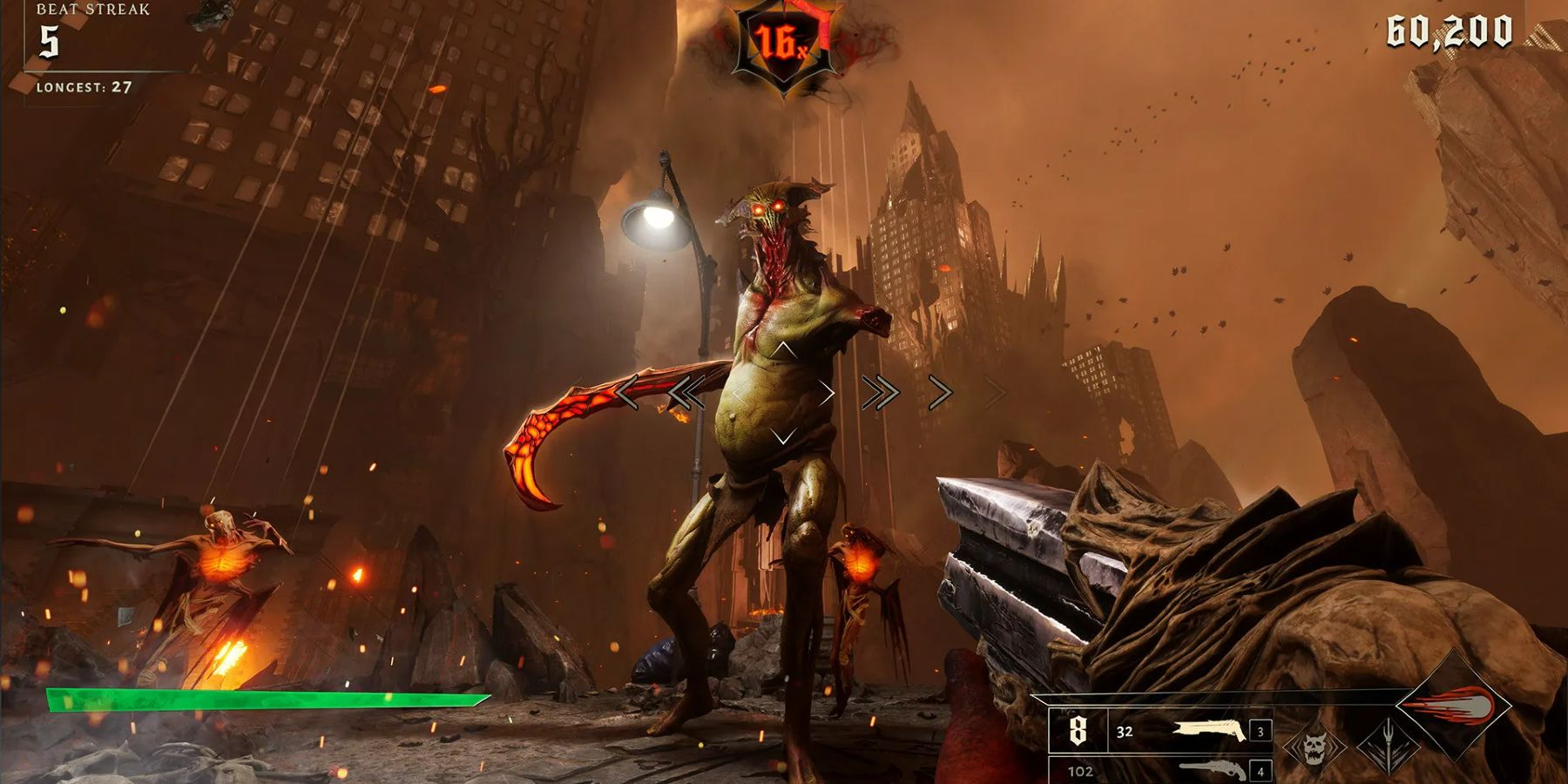
Anastasia Shevchenko: Yes. I was the only one with practical experience in storyboarding, so I hurriedly read all the materials that were sent to me. I was given full freedom with this project, so I researched and collected a lot of reference material from other titles with a similar theme. We also knew we wanted a hardcore metal feel, so we looked at some iconic album covers and booklet illustrations.
We knew we only had 3 days to submit our storyboard and presentation to the Swedish team. That’s why we struggled to choose a specific style, because there are so many great techniques, each with their own advantages and appeal. Finally, we decided on the color scheme and the overall style, and went to the drafting stage. It was so inspiring to imagine the animation sequences, camera angles, transitions, close-ups, etc.
For the presentation, Dmitriy Kramnoy implemented the animation sequences and I created the outline for the first chapters. Goldfarb and his team were so impressed after seeing it that they signed on to the project for nine more chapters.
Interviewer: It was your first time working on a project of such scale. Did your team have to overcome any challenges?
Anastasia Shevchenko: I think so. For example, the way you implement the intro scene determines the workflow for the rest of the project. That’s why we had to define a pipeline first, to ensure that all milestones could be achieved on time.
Interviewer: Can you elaborate?
Anastasia Shevchenko: Ok. Given the demanding nature and theme of the game, we had to implement some unusual effects. However, these made the process even more complicated, and we had to make sure to find the right workflow to make everything seamless. Once we had established a solid process for getting started, we could repeat it for the rest of the project without interruption.
Interviewer: What was your typical day’s workflow like?
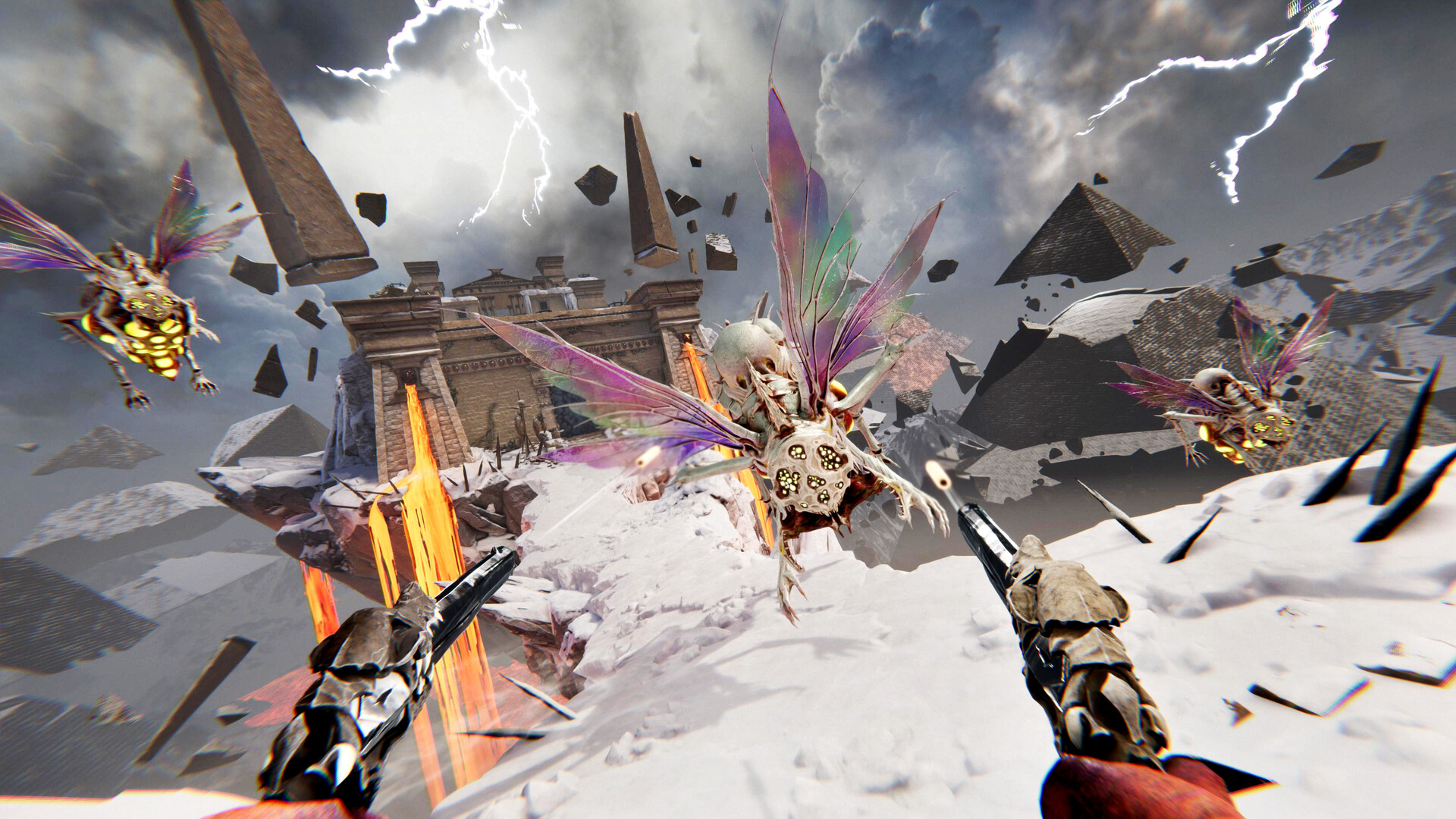
Anastasia Shevchenko: In one word? Hectic! My job was to make sure that everyone was fully engaged during the project so that the pipeline was running at 100% efficiency. So while the illustrators and animators were busy finalizing the details of the previous chapter, I was creating the outline and storyboard for the next chapter. After the chapter art was finished, we worked together with Dmitry (Kramnoy) to discuss details like camera transitions, the main focus of each scene and shot, and other technical things like fade ins and fade outs. The production load was very high throughout the project, as they always had their hands full.
We were lucky that we lived in the same time zone as The Outsiders in Sweden, so they could proofread and approve everything in real time. After several iterations, David Goldfarb was convinced that he could trust our team’s work without any doubts, which boosted our confidence and kept the momentum going throughout the project.
Interviewer: That’s quite stressful!
Anastasia Shevchenko: At first we actually felt quite a bit of pressure, but we soon became confident and convinced that our vision for Metal: Hellsinger matched the vision for The Outsiders.
We soon started looking forward to the meetings, as they became a means of relaxation for us. It felt weird when meetings weren’t fun, so we encouraged making memes and telling jokes. Many of the best ideas came from GIFs or memes created by someone in the art department. I’m happy to work with such an amazing team.
Dmitry Spasibozhko: Yes, usually communication with studios feels too formal and mechanical, which is often necessary and desirable. I’m in charge of communication between the team, and it can be hard to make sure 20+ people are always on the same page when there’s no system in place.
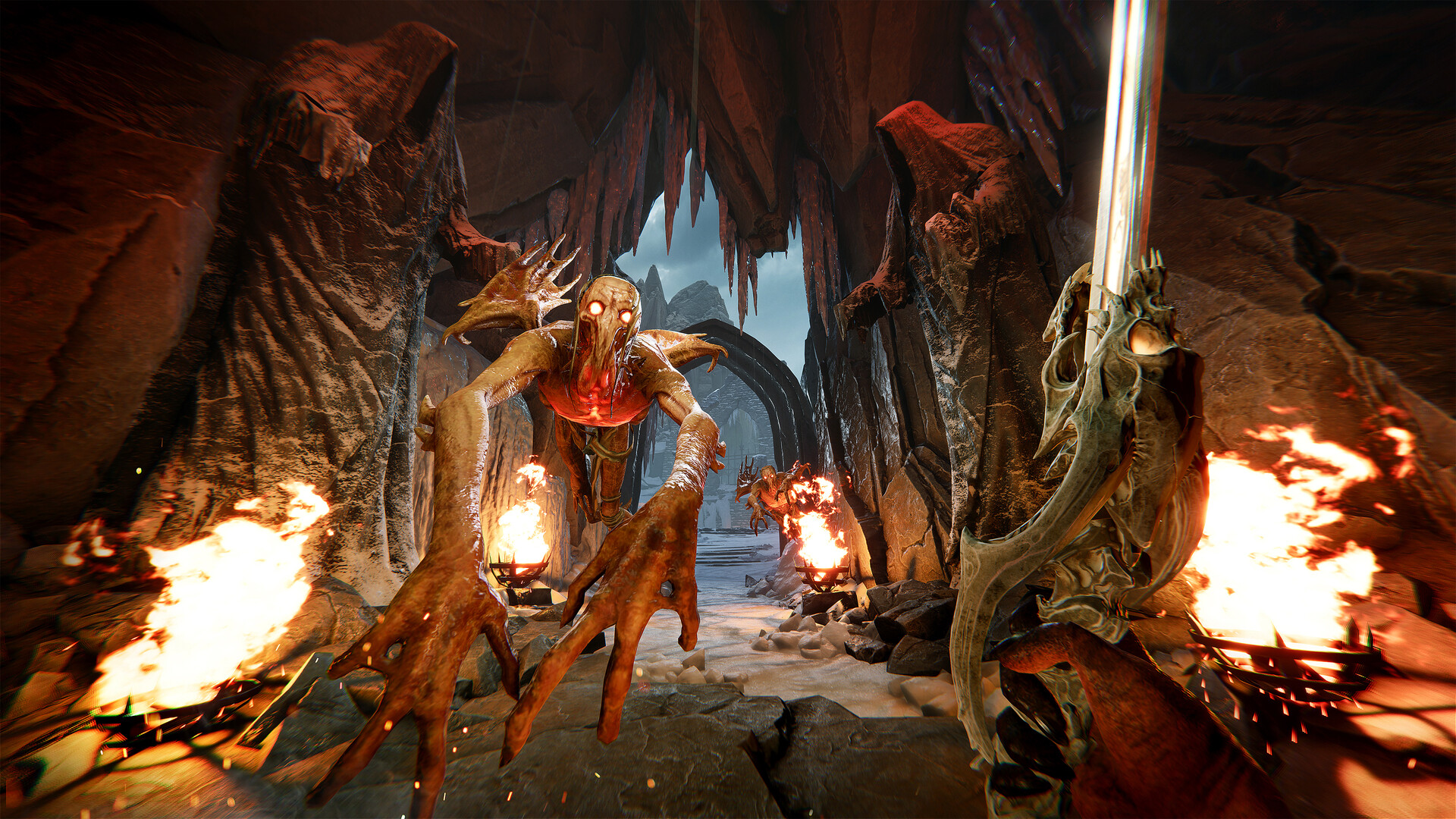
So working with Outsiders was a welcome change for us. Goldfarb is very experienced. He’s worked on big projects like Battlefield: Bad Company 2 and Payday 2, and he knew how to communicate his ideas effectively. He’s also a novelist and an avid Dungeons & Dragons player, so he had no trouble conveying his vision and enthusiasm for Metal: Hellsinger.
This meant that even with only a rough script, Goldfarb was ready to answer any questions and bring to life any aspect of the plot the way he wanted it to. This was really inspiring and allowed the artists and animators to bring his ideas to life without the team having to give any additional direction. It felt like we were all working under one roof.
I remember we were pretty nervous when we presented our first test video. But in the end, the people at The Outsiders were incredibly friendly and told us they loved our work. This essentially gave us unlimited credit in terms of creative freedom and trust. They also welcomed many suggestions and additions from our team.
In this respect, Anastasia was the visionary and responsible for executing Goldfarb’s vision. Dmitry Kramnoy was the head of the VFX animation and effects department. I acted as a liaison between the departments, making sure we were all marching to the same rhythm.
Interviewer: Communication tools are crucial nowadays, especially when working remotely. Were there any tools that proved to be essential during this process?
Dmitry Kramnoy: The VFX team joined us in the pipeline early on, so we could focus on hitting the daily milestones and sending them to Anastasia. She packed everything up and went from there. Luckily, we were also able to communicate directly with our colleagues in Sweden, so it felt like we were all one big team. I would say that our internal chat was the most powerful communication tool. It was simple, direct and removed all distractions.
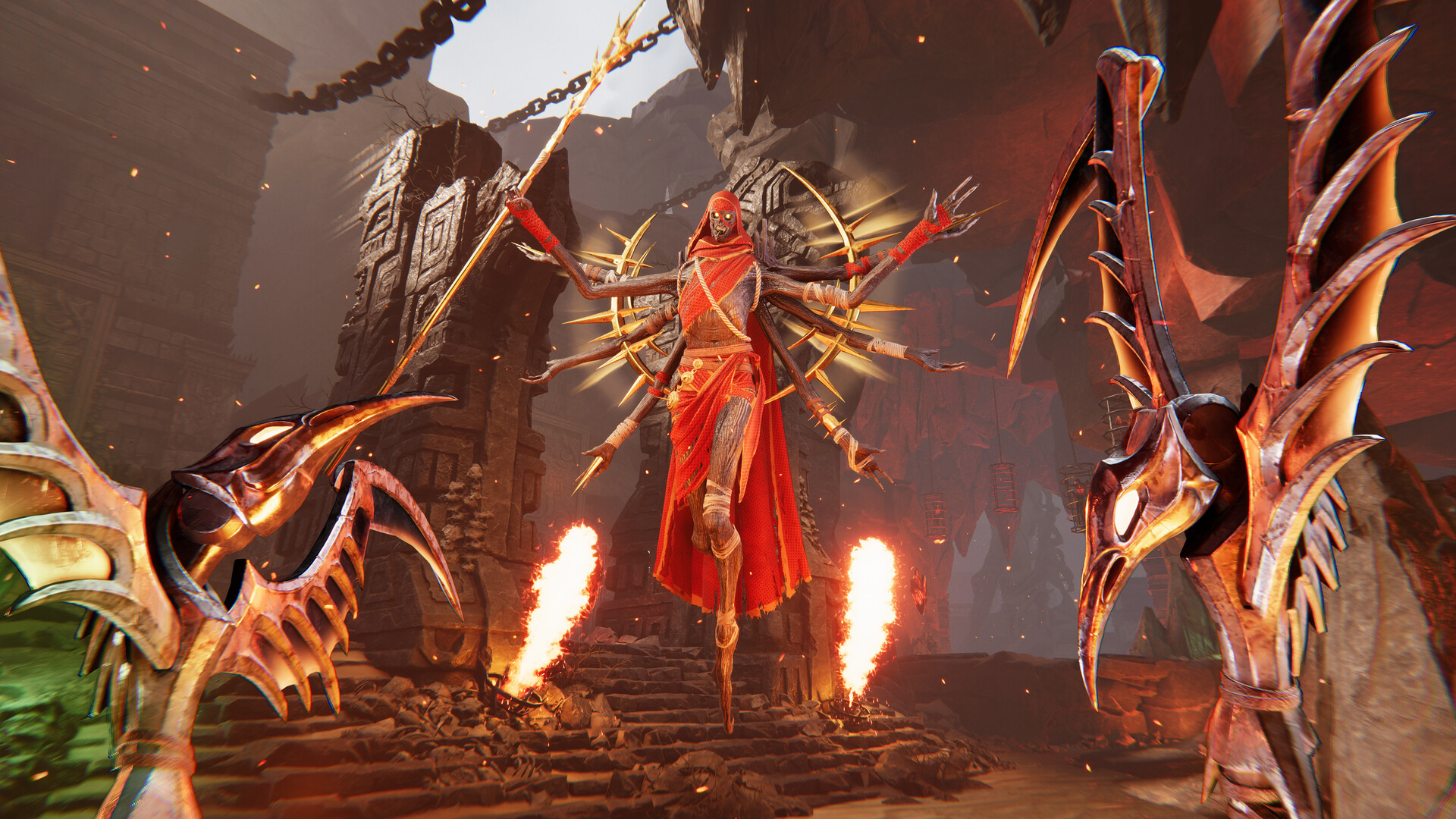
Anastasia Shevchenko: We created a clean and direct pipeline to help everyone focus on their tasks. We also leveraged the power of Miroboard, a collaborative platform where we can upload everything for external people to access in real time. It’s a great platform because everything is neatly organized and everyone has the latest information related to their department.
This was invaluable in maintaining a consistent style and color palette, as everyone had access to the RAW files and art manual. Plus, David was online most of the time, so we could contact him directly if we had any questions or wanted feedback. It saved us time and allowed us to complete tasks without having to meet deadlines.
Interviewer: I saw all the cutscenes and they were all amazing. Were there any scenes that were particularly challenging?
Dmitriy Kramnoi: There were many challenges in creating individual recordings, as each one needed to be unique. This required different methods to faithfully capture and implement the VFX animations. For example, the game features demons who inhabit hell, both mentally and physically broken. It was important to portray them as huge, terrifying figures who endure the torture that comes with serving a ruthless judge. So we added this scene where the judge summons all the demons. I imagined them all running down a big stone bridge and limping all the way to the judge’s seat.
This little 5-second scene took us days to perfect because we needed to convey the right atmosphere. So we spent a lot of time limping in front of a mirror, breaking down each movement into frames, and using those frames to sketch assets for the final sequence.
The result was an epic scene with dozens of demons running across a desolate wilderness on their way to judgment. This short section wasn’t even in the original script, but we felt it conveyed the right message and atmosphere, and added extra depth to the story. We showed this to the Swedish team, who liked it so much that they included it in the final version.
Anastasia Shevchenko: Another challenge was the continuity of the story. After studying the original script, we realized that Metal: Helsinger has three levels of depth. One of them is what the characters are going through, most of which is narrated by an ancient skull that accompanies the protagonist, an unknown entity, throughout the story. Then there is the general story of the game, including the setting and world. Finally, there are the past events that led Unknown to where she is today. When the strange woman regained her memories, we felt the need to show a flashback to the distant past.
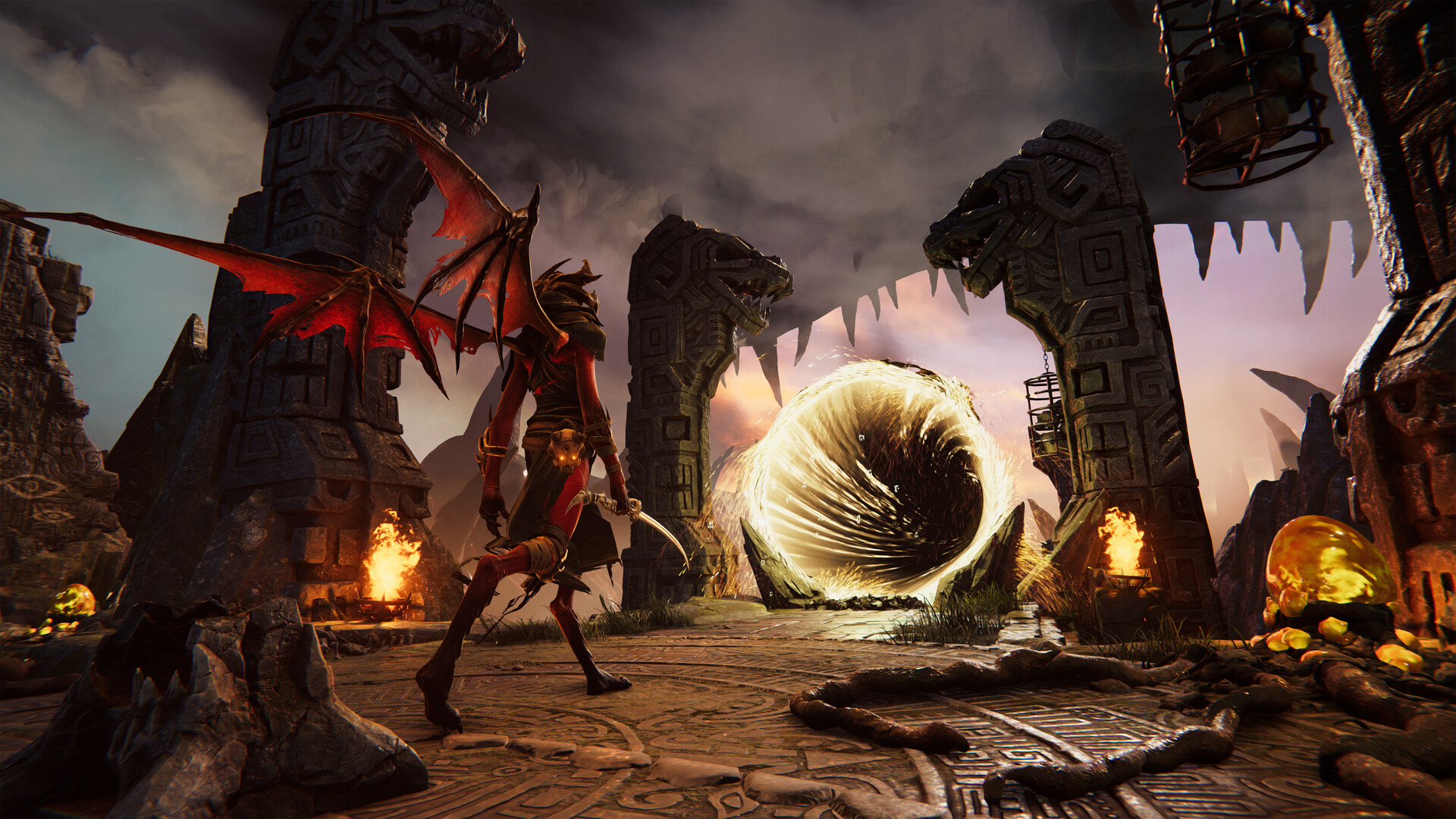
It was difficult to present these three levels in an understandable way without giving away the plot too early in the game, so we decided to separate them graphically using a sepia tone to give the sense of longing we wanted to convey. David liked this approach, and the rest, as they say, is history.
Interviewer: Anyone familiar with visual special effects production knows that rendering tasks can be a big problem for studios on tight schedules. How did you address this issue?
Anastasia Shevchenko: Yes, rendering can eat up real-time time. Some of the most complex scenes can take hours, if not days, to process. And sometimes during the validation process, we would find something was wrong and have to redo everything. For example, we noticed that the judge in one scene wasn’t wearing the iconic red sash, so we sent everything back to Dmitry for corrections and rewriting.
This area requires great attention to detail. We watched every second of the animation multiple times to find little elements that weren’t right. Sometimes items were missing, other times it was something more subtle, like a figure sitting slightly crooked on a throne.
We had a clear vision of how we wanted everything to look, and to ensure that audiences could experience Metal: Hellsinger the way it was intended. I think when you’re making a product as big and interesting as this, you can’t help but be a perfectionist.
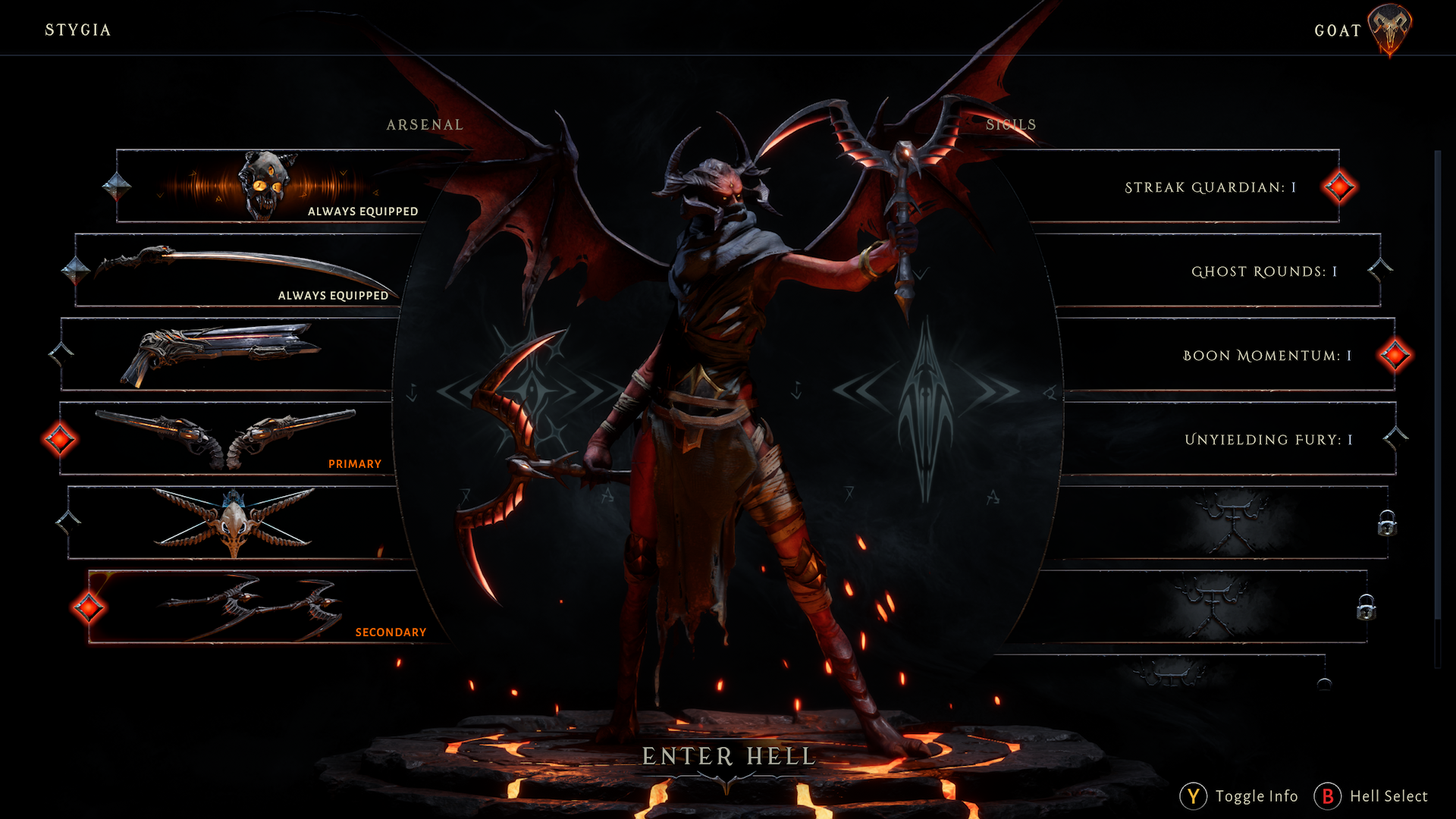
Interviewer: One of the main selling points of this game is the presence of so many renowned artists and performers. What was it like to work with them?
Dmitriy Spasibozhko: Well, contrary to what most people think, we don`t get to hang out with the big stars. It was exciting to listen to original tracks made by Two Feathers, but they were still in the process of composing and finding the right voice for each piece of the soundtrack. We didn`t hear the finished product until after the release.
The same thing happened with the voice actors. We knew Troy Baker would be doing the vocals for Skull, but he hadn’t recorded anything before we started working on it. I remember reading the script out loud and starting to record my own voice, because we needed certain cues to get the animation dynamics and timing right. When we showed the team the first video, they had so much fun. It was a lot of fun and the payoff was amazing, because the animators nailed every shot because we were messing around.
Interviewer: So, what does the future look like for Room 8 Studio?
Dmitriy Spasibozhko: Well, Metal: Hellsinger was our trial by fire. It was the biggest project we had taken and imposed very tight deadlines that would have scared other studios away. It put everything we had to the test, and we emerged victorious.
It was a fun run alongside so many talented artists at The Outsiders, allowing us to work together with professionals of the highest caliber. For that, we are thankful.
Now we have a lot more confidence and are ready to take on even bigger projects. We can`t wait to start working on our next major project.

Leave a Reply